Charalampos Zafeiropoulos
Robotic Maintenance of Road Infrastructures: The HERON Project
May 09, 2022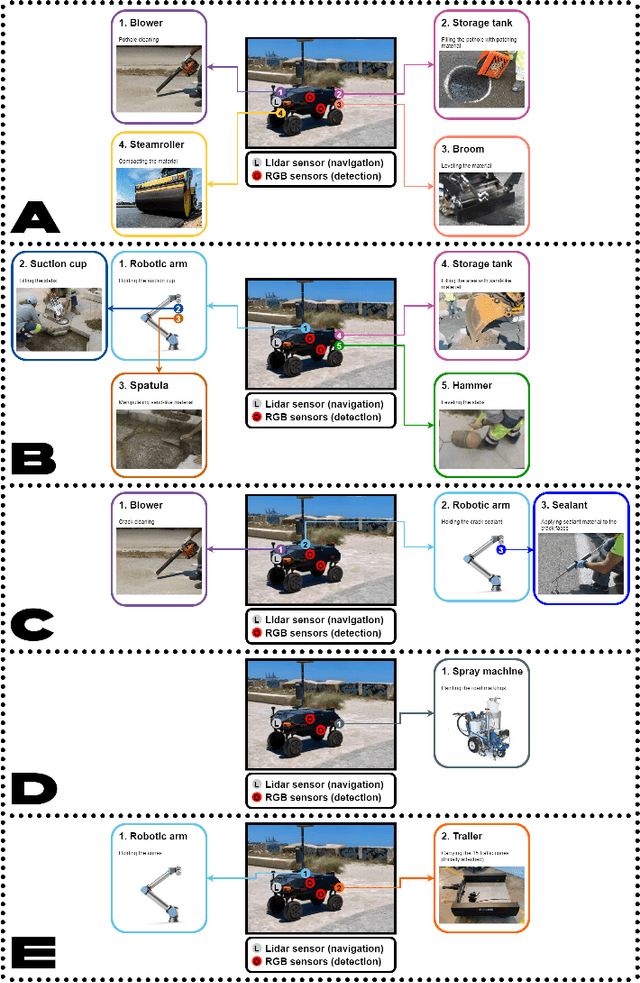

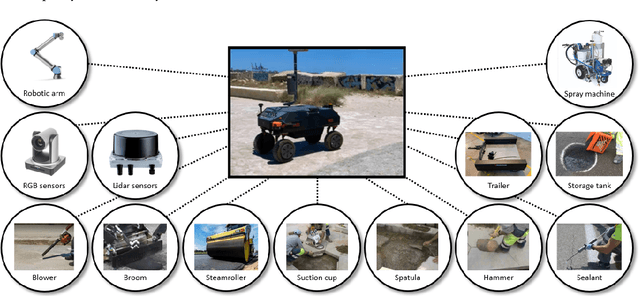
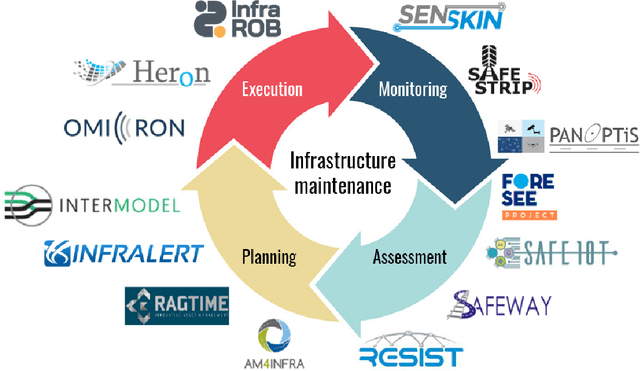
Abstract:Of all public assets, road infrastructure tops the list. Roads are crucial for economic development and growth, providing access to education, health, and employment. The maintenance, repair, and upgrade of roads are therefore vital to road users' health and safety as well as to a well-functioning and prosperous modern economy. The EU-funded HERON project will develop an integrated automated system to adequately maintain road infrastructure. In turn, this will reduce accidents, lower maintenance costs, and increase road network capacity and efficiency. To coordinate maintenance works, the project will design an autonomous ground robotic vehicle that will be supported by autonomous drones. Sensors and scanners for 3D mapping will be used in addition to artificial intelligence toolkits to help coordinate road maintenance and upgrade workflows.
Evaluating the Usefulness of Unsupervised monitoring in Cultural Heritage Monuments
Jul 02, 2021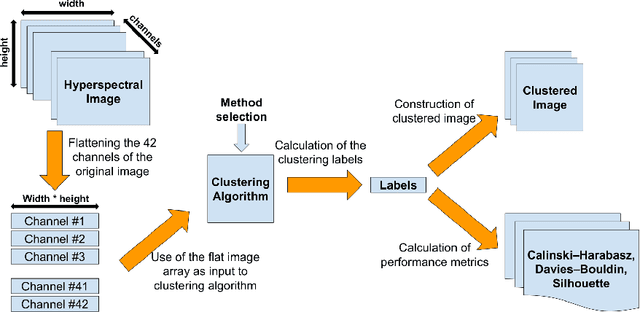

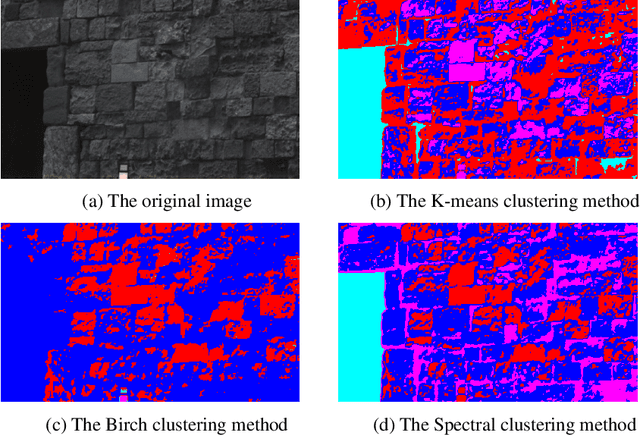
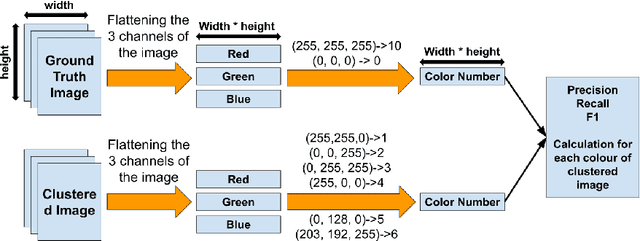
Abstract:In this paper, we scrutinize the effectiveness of various clustering techniques, investigating their applicability in Cultural Heritage monitoring applications. In the context of this paper, we detect the level of decomposition and corrosion on the walls of Saint Nicholas fort in Rhodes utilizing hyperspectral images. A total of 6 different clustering approaches have been evaluated over a set of 14 different orthorectified hyperspectral images. Experimental setup in this study involves K-means, Spectral, Meanshift, DBSCAN, Birch and Optics algorithms. For each of these techniques we evaluate its performance by the use of performance metrics such as Calinski-Harabasz, Davies-Bouldin indexes and Silhouette value. In this approach, we evaluate the outcomes of the clustering methods by comparing them with a set of annotated images which denotes the ground truth regarding the decomposition and/or corrosion area of the original images. The results depict that a few clustering techniques applied on the given dataset succeeded decent accuracy, precision, recall and f1 scores. Eventually, it was observed that the deterioration was detected quite accurately.
 Add to Chrome
Add to Chrome Add to Firefox
Add to Firefox Add to Edge
Add to Edge